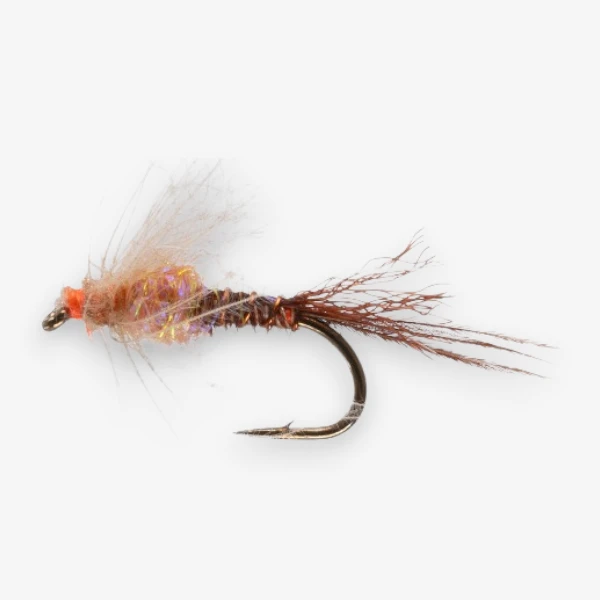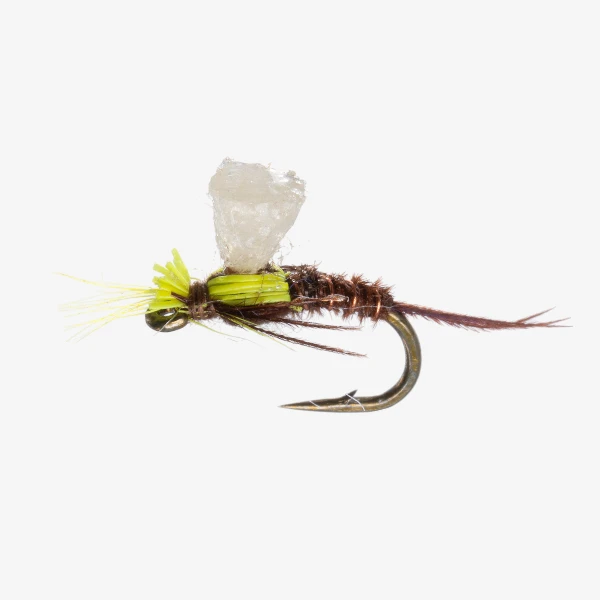Pale Morning Dun (PMD) Pale Evening Dun (PED)
Description
Overview: The Pale Morning Dun and the Pale Evening Dun are two closely related species of mayflies, also know as Little Sulphur's they are known for their similar appearance and behavior despite being taxonomically different. The Pale Morning Dun typically emerges in the early morning, while the Pale Evening Dun hatches in the late afternoon or evening, making them essential food sources for trout during those times. Both species have pale, light-colored bodies with translucent wings, making them visually similar and often interchangeable for anglers. Due to their comparable size, color, and behavior, a single fly pattern can be effective for both hatches, making them popular among anglers targeting both morning and evening feeding frenzies. Common hook sizes for imitations range from 14 to 18.
Nymph Stage: The nymphs of both the Pale Morning Dun and Pale Evening Dun are similar in appearance, typically measuring around 0.5 to 1 inch in length. They have a yellowish or olive body, with a slender, segmented appearance. The nymphs are commonly found clinging to rocks and submerged vegetation in fast-moving, clear rivers and streams. These nymphs are active feeders, crawling along the riverbed before transitioning to shallower waters for emergence. Fly patterns for nymphs of both species are typically tied on hooks sized 14 to 18, reflecting their smaller size. A dead-drift presentation, with occasional twitches near structure, is often most effective for enticing strikes from fish targeting these nymphs.
Dry/Dun/Spinner Stage: The adult Pale Morning Dun and Pale Evening Dun both have similar characteristics, with the Pale Morning Dun typically emerging in the early morning and the Pale Evening Dun in the late afternoon or evening. Adults range from 0.5 to 0.75 inches in length, with a pale yellowish to light brown body and translucent wings that often have a slightly grayish tint. The adult caddisflies emerge in moderate to large numbers, often fluttering on the water’s surface or resting on nearby vegetation. Dry fly patterns for both species are tied on hooks sized 14 to 18, often using parachute or comparadun styles to mimic the insect’s size, color, and wing posture. These flies are most effective when fished during the time of the hatch, with trout actively feeding on the surface. Both species share similar flight behavior, making the same fly patterns work for both hatches.
Hatch Chart
Subscribe to view hatch locations. Hatch data is available for all species.


